The temperature is increasing in Khulna and surrounding areas. In the last 14 years, the temperature here has increased by about 5 degrees Celsius. Need a roof garden.
Khulna June 7 (V7N)- The temperature is increasing in southwestern areas including Khulna. The temperature here has increased by 5 degrees Celsius in the last 14 years. In 2011, the annual average temperature here was 31.1 degrees Celsius. And in this year itself, the temperature reached a record of 41.2 degrees Celsius. This information has emerged in the analysis of 14 years of data of the Meteorological Department.
Those concerned said that the effects of climate change are becoming evident day by day in Khulna region. Due to this, there are various natural effects including temperature rise. Production sectors including agriculture and fisheries are under threat due to high temperature. So it is important to be aware of this and take effective action now. Besides, there are demands for compensation from those responsible for the increase in temperature and payment to the victims.
Meanwhile, concerned people say that roof gardens can be planted on multi-storied buildings to keep the temperature under control. As a result of this
As different vegetables can be obtained from the roof garden, the temperature of the building can be controlled to some extent. And for this reason, in many houses of Khulna metropolis, the house owners have now paid attention to the roof gardens.
According to Khulna Meteorological Department, the highest temperature in 2011 was 34.8 degrees Celsius in May, 36.7 degrees Celsius in 2012, 33.9 degrees Celsius in June 2013, 36.8 degrees Celsius in 2014, 36 degrees Celsius in 2015, 36.3 degrees Celsius in April 2016, 35 decimal 9 in May 2017, 33 decimal 8 in April 2018, 36 decimal 2 in May 2019, 34 decimal 4 in April 2020, 36 decimal 4 in April 2021, 35 decimal 2 in April 2022, 36 decimal in April 2023 7 degrees Celsius. On April 20 this year, the temperature surpassed the previous year's record of 41.8 degrees Celsius - the highest in 14 years.
According to the Agriculture Information Service, a temperature of 18-35 degrees Celsius is generally required for rice cultivation. But at higher temperatures, rice production decreases. Currently, the average temperature in Bangladesh is 40 degrees. This hinders the pollination of rice and disrupts production. Again, the salinity of agricultural land in coastal areas is increasing.
As a result, crop productivity is decreasing day by day. Many agricultural lands are submerged in water. If the salinity of agricultural land continues to increase, agricultural income will decrease by 21 percent annually. 40 percent of agricultural land in the coastal zone will be threatened. There is a risk of displacement of 240,000 farmers in this region. Apart from paddy, the production of other crops like jute, wheat, maize, peas, gram is also declining drastically.
Agricultural data also says that due to temperature increase and various changes in climate, fish production is under serious threat. If the temperature is more than 30 degrees Celsius, the water gets heated and oxygen deficiency occurs in the water. It greatly reduces the production of fish fry. As a result, the income from the fisheries sector is decreasing.
Dipchar is a famous agricultural village of Sarankhola upazila of Bagerhat. The farmer of this village, Monir Saudagar, said that crops are grown in their village of Dipchar throughout the year. This year also, about 30 bighas of land have been cultivated with different varieties of vegetables including puishak, jute, rinds, kalmi. All discolored due to lack of water. As all the drains, ponds and canals of the village have dried up, efforts are being made to sustain the crops by irrigation from nearby canals through sallow machines. 300 taka per hour is being spent from 1.5 thousand taka to about 2 thousand taka per bigha. 50 farmers of his village are facing loss. But they are not responsible for this situation.
Cultivator in the village of Purva Rajoir of the upazila. Dulu Talukdar and Rubel Faraji highlighted their plight. Demanded adequate compensation.
Nurul Haque Gazi of Baishkhali area of Kaikhali Union of Satkhira said that the water in all the ponds in the area has dried up due to intense heat. Tubewell water is also brackish
Saiful Islam, Abdul Quader and Ruhul Amin of Dumuria village of Gabura union in the same district said that their losses are endless throughout the year. Crops, fish are decreasing day by day and suffering financial loss.
Farmer Shahjahan Siraj of Koira Upazila in Khulna, Salim Sardar of Matam village in Paikgacha said that the disaster is increasing day by day. Climate change is increasing heat, salinity and water scarcity. Costs are increasing in all activities. But they do not get any compensation for this. They demand fair compensation for their land and crops.
In such
a situation, work has started in various upazilas of Khulna, Satkhira and Bagerhat to create awareness and policies on the risk of climate change, assessment of financial losses, recovery of damages. Helena Khatun, coordinator of the Climate and Disaster Risk Finance and Insurance (CDRFI) project, said that through the project, local civil society, especially women and vulnerable groups, are directly involved in the project.
Bangladesh Rice Research Institute (BRI) director general said that climate change and water shortage in agriculture is one of the biggest challenges. Md: Shahjahan Kabir. He said, we are giving importance to water flow of rivers and canals. Digging rivers and canals, measures are being taken to conserve water during monsoons in large ponds. We have entered the fourth industrial revolution. Our scientists are working to meet the challenge. Artificial 'rainfall' is thought to occur. This will reduce the amount of land lost in coastal areas. Also it will be possible to create greenery.
Khulna-6 (Koira-Paikgacha) Member of Parliament Md. Rashiduzzaman said, Koira-Paikgacha of Khulna is basically a coastal area. In the last 3/4 decades, salinity increase and disaster have reduced the employment of people in this region. About 80 percent of working people have left the area for work. But people now want to return to agriculture. Therefore, anti-salt public opinion is developing. I have asked the Prime Minister for a salt free coast. Dealing with the damage of climate change and returning green crops and displaced people to the entire area.
END/V7N/SDK/DK/



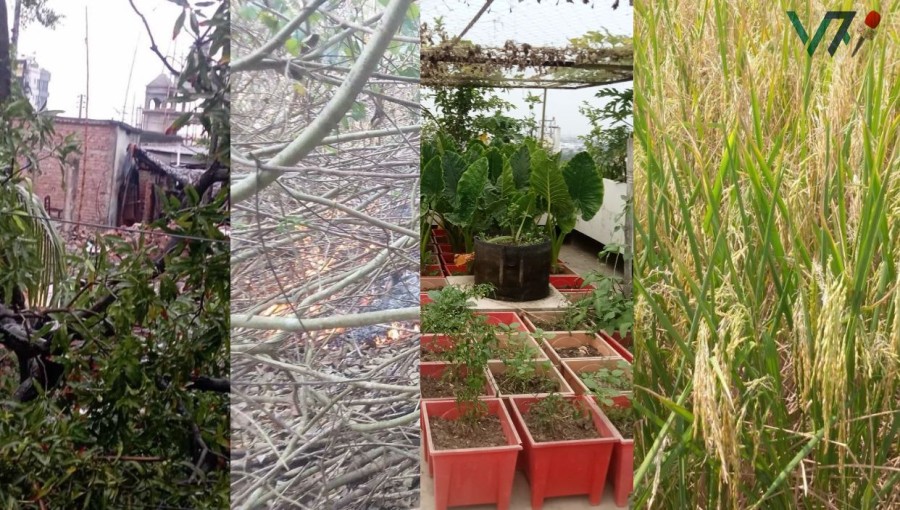
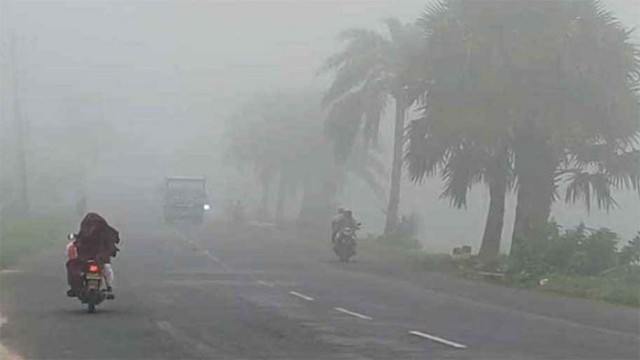
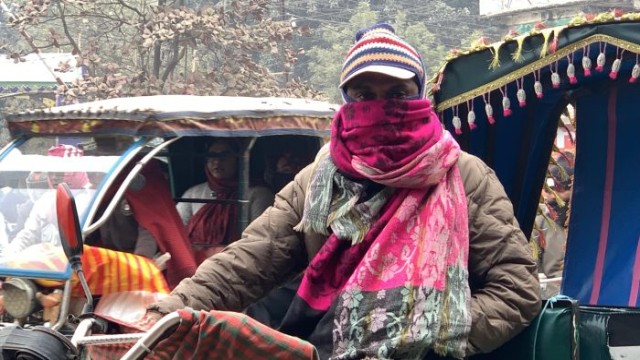
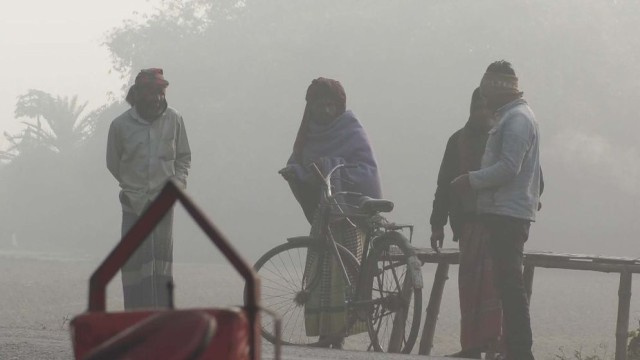
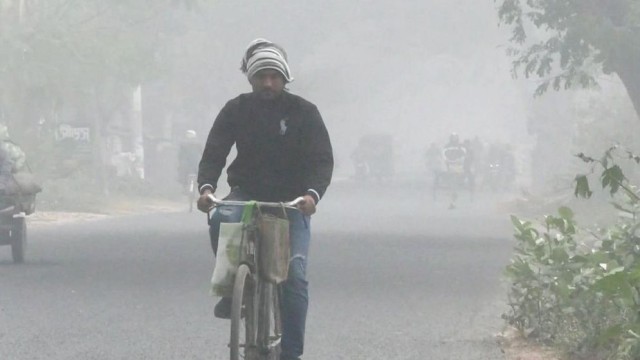
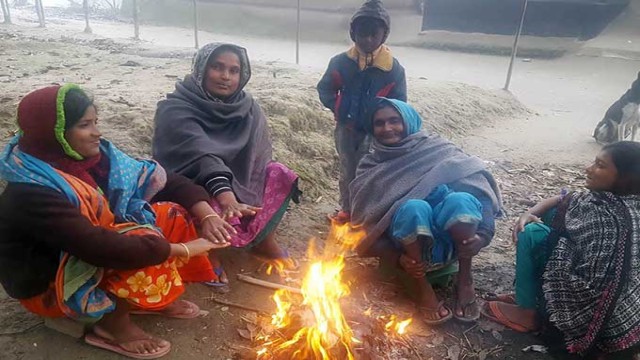
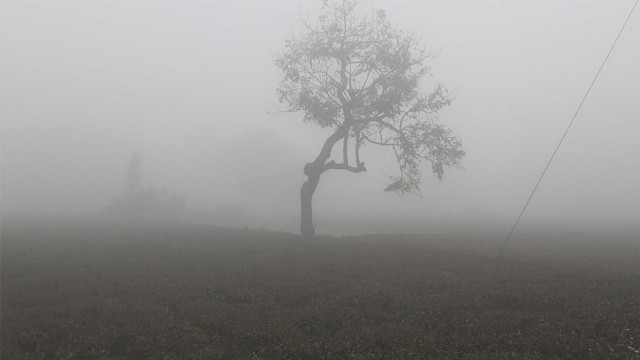
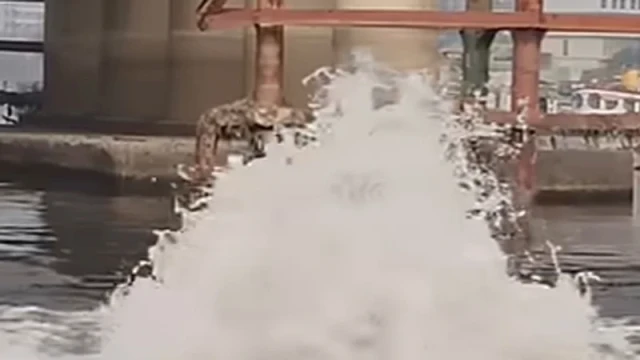

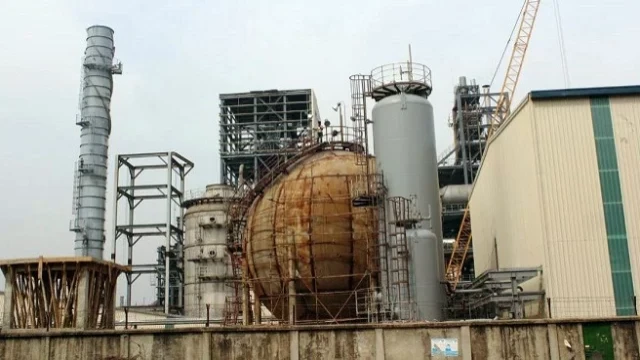

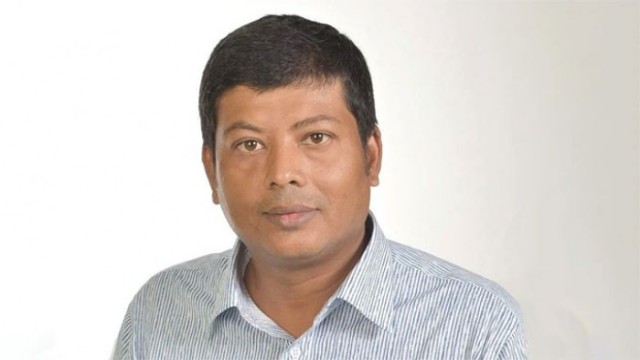
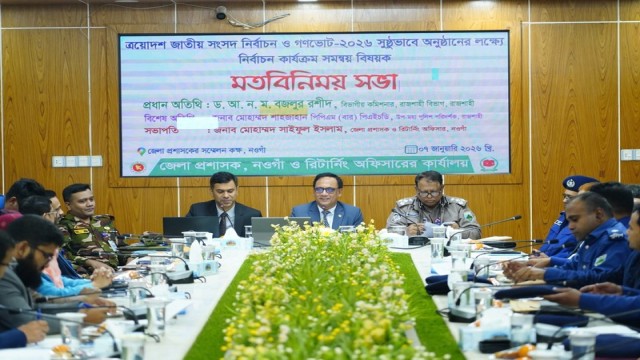
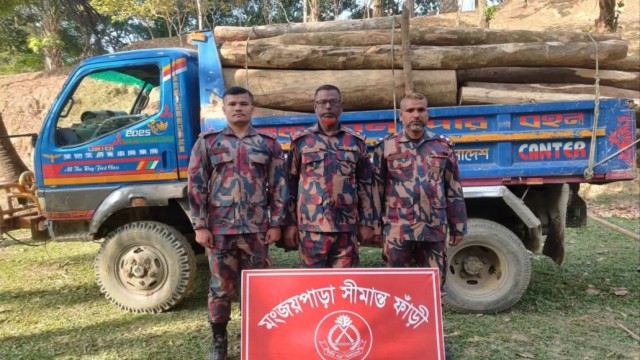
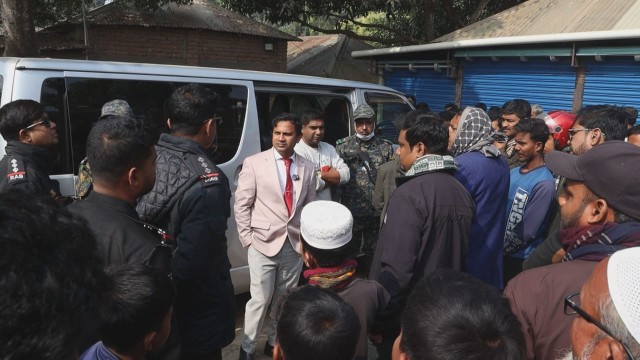
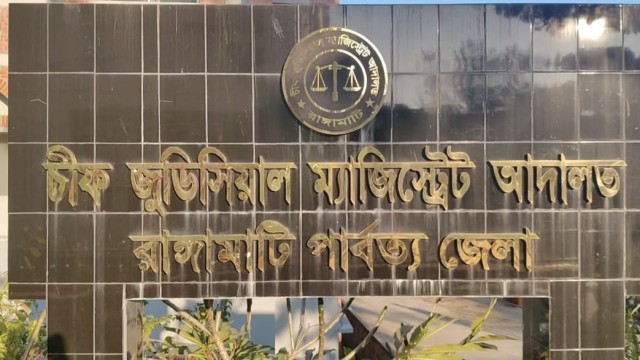
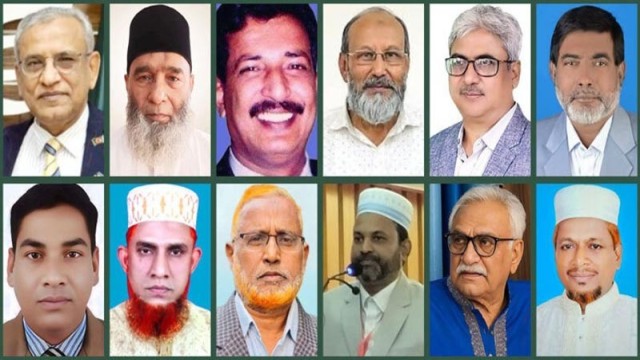

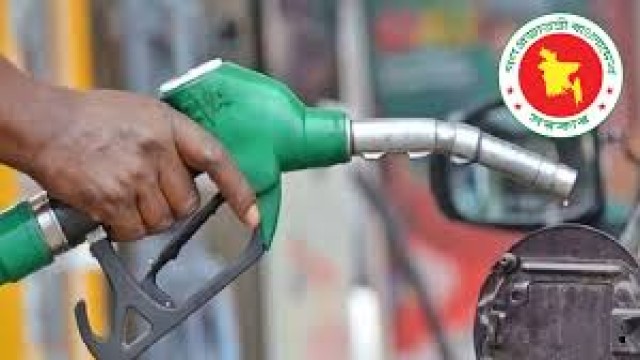
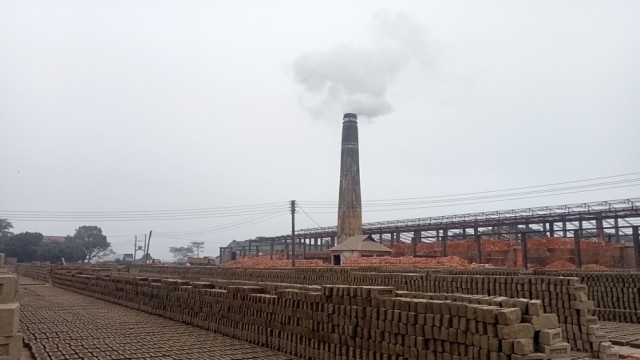
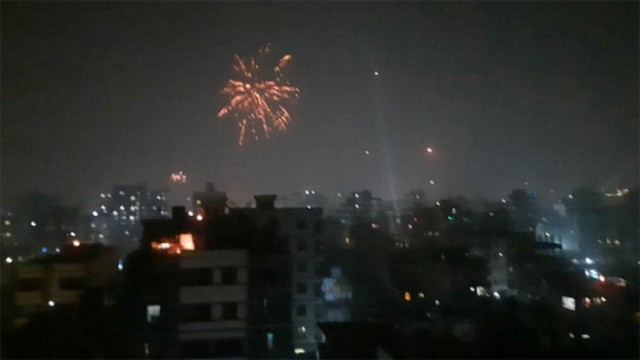
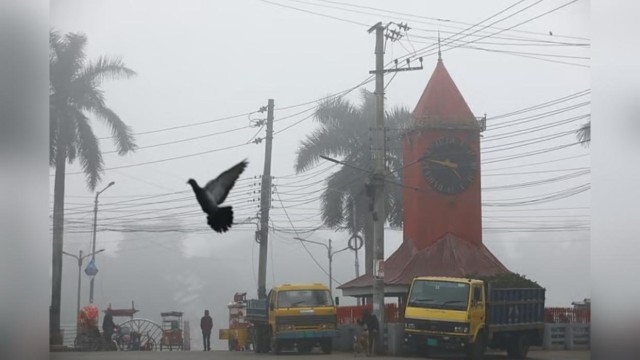
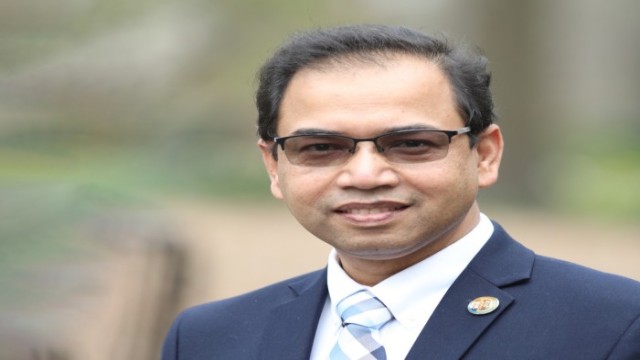
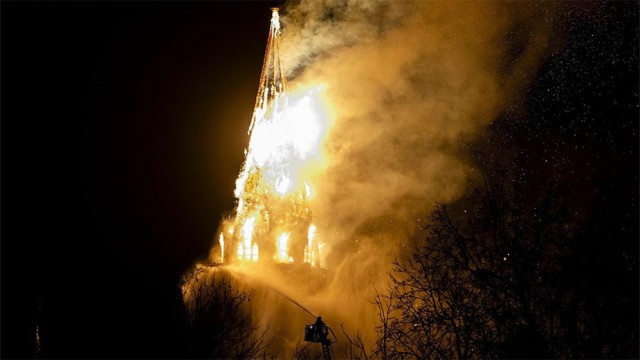



Comment: